Bryce Canyon National Park: 1st Time Visitor Guide
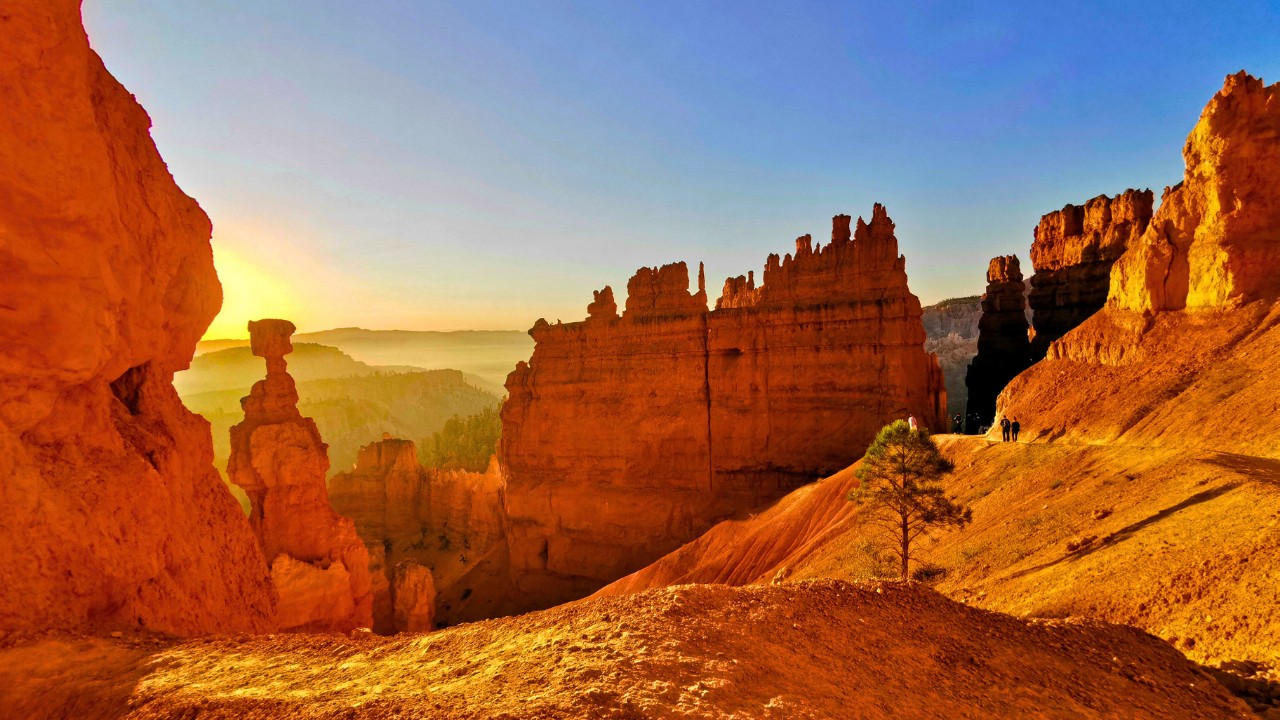
Bryce Canyon National Park is unlike any other place on Earth. Located in southern Utah, this surreal landscape of crimson hoodoos, sweeping amphitheaters, and high-desert forests creates a visual spectacle that leaves first-time visitors in awe. Whether you’re stopping by on a Utah road trip or planning a full getaway, this guide will help you explore the park’s highlights, discover hidden gems, and make the most of your visit.
Overview
Despite its name, Bryce Canyon isn’t actually a canyon, it’s a series of natural amphitheaters carved into the eastern edge of the Paunsaugunt Plateau. The park is best known for its hoodoos, which are tall, thin spires of rock that have been shaped by millions of years of erosion. With elevations ranging from 6,600 to over 9,100 feet, the park offers stunning viewpoints, scenic hikes, and peaceful forests with far fewer crowds than nearby Zion.
- Location: Southern Utah
- Size: Approximately 56 square miles
- Elevation: 6,600–9,100+ feet
- Established: 1928
Photos
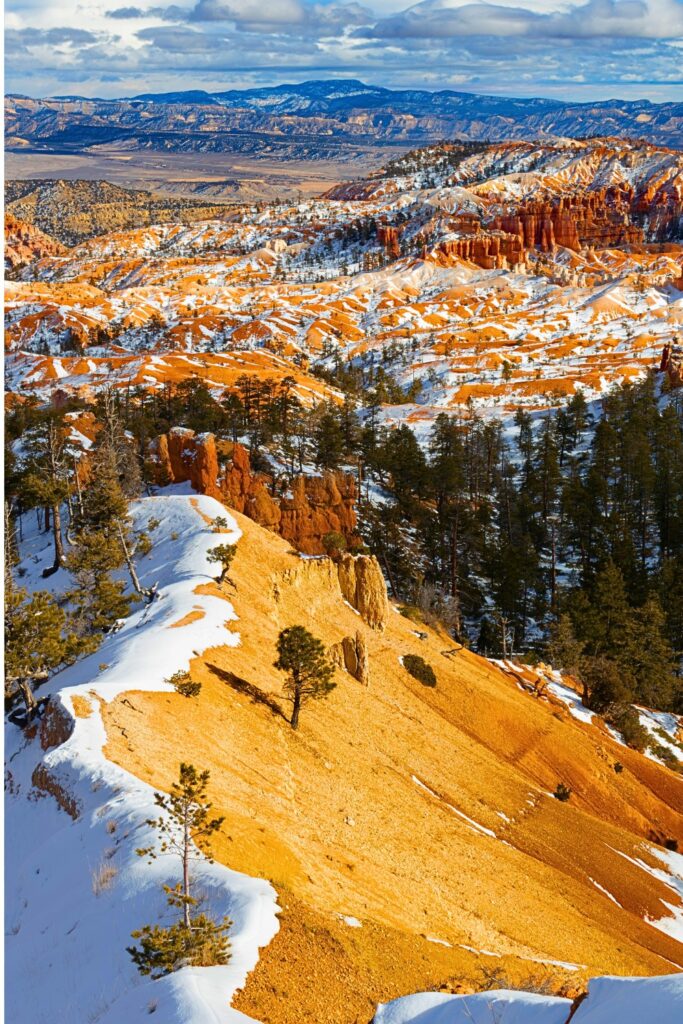
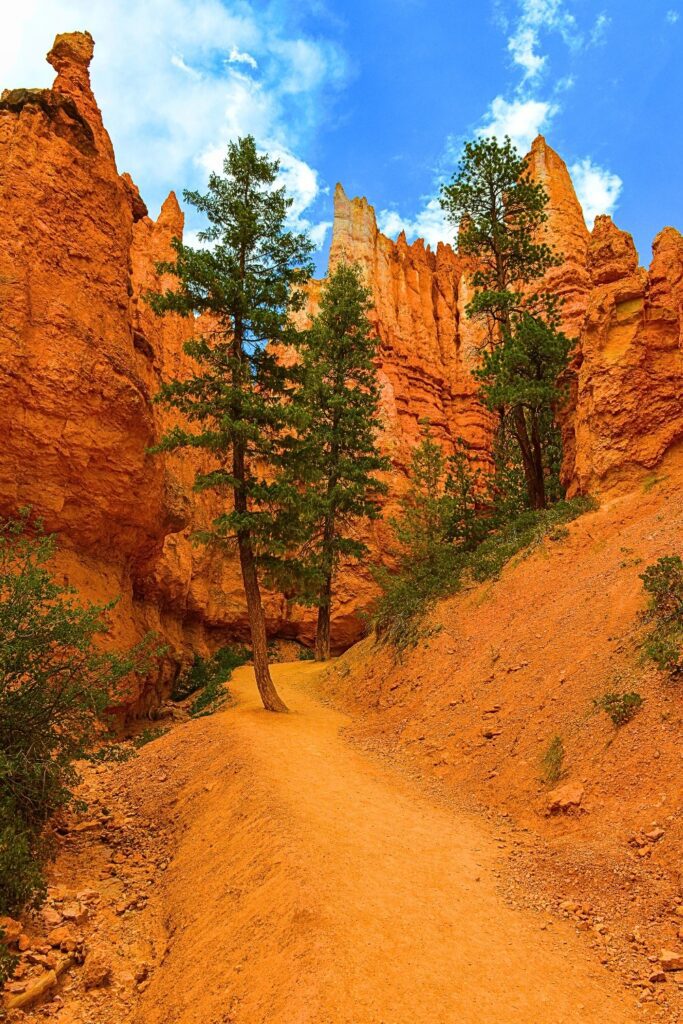
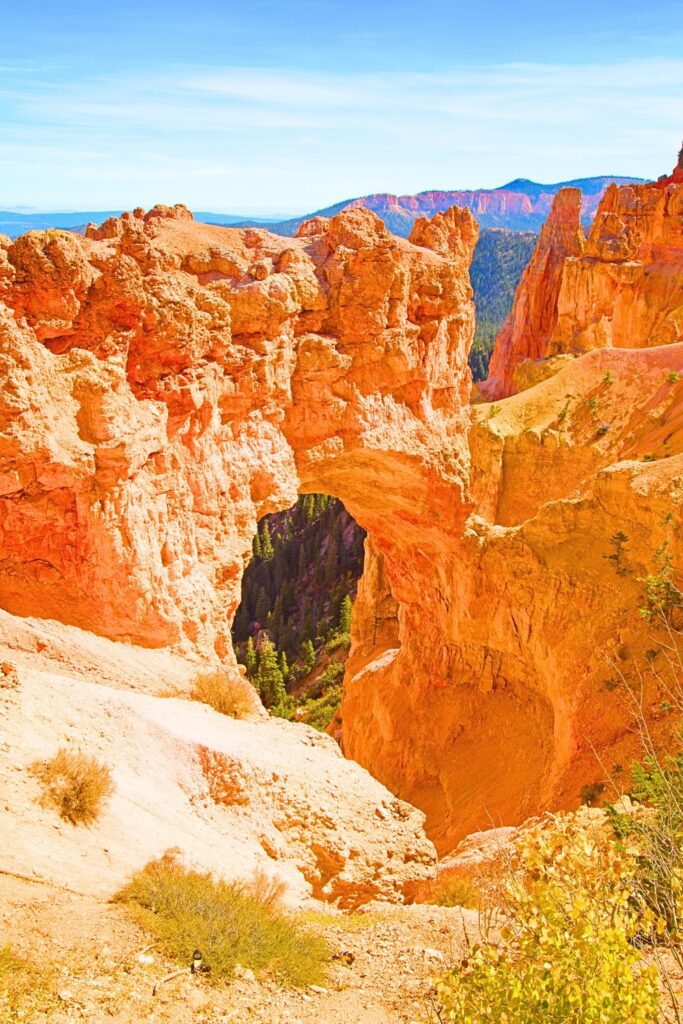
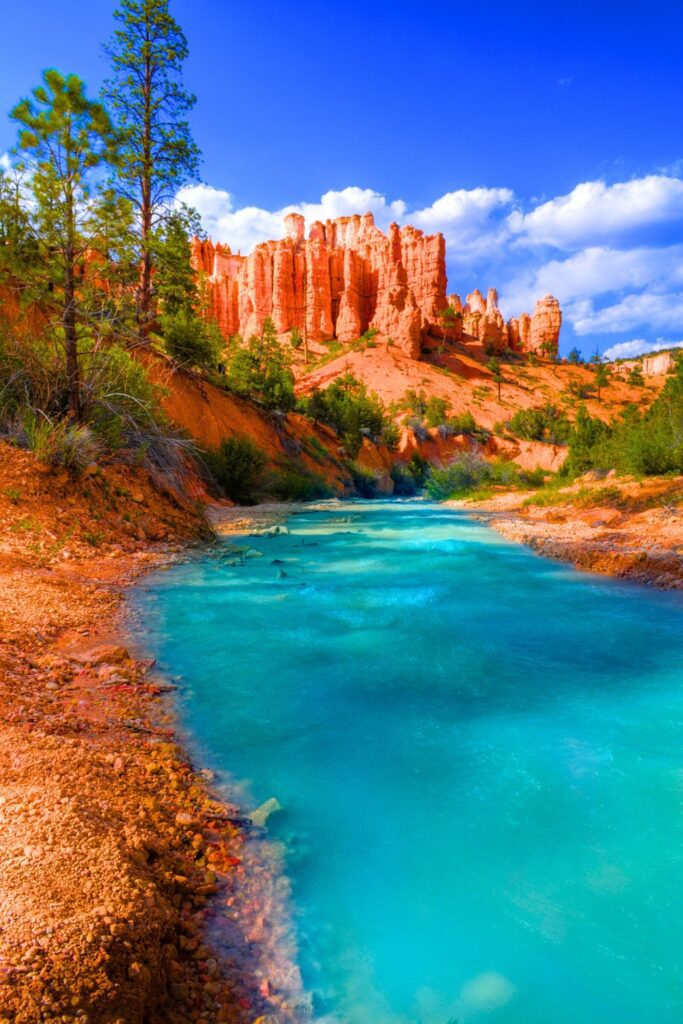
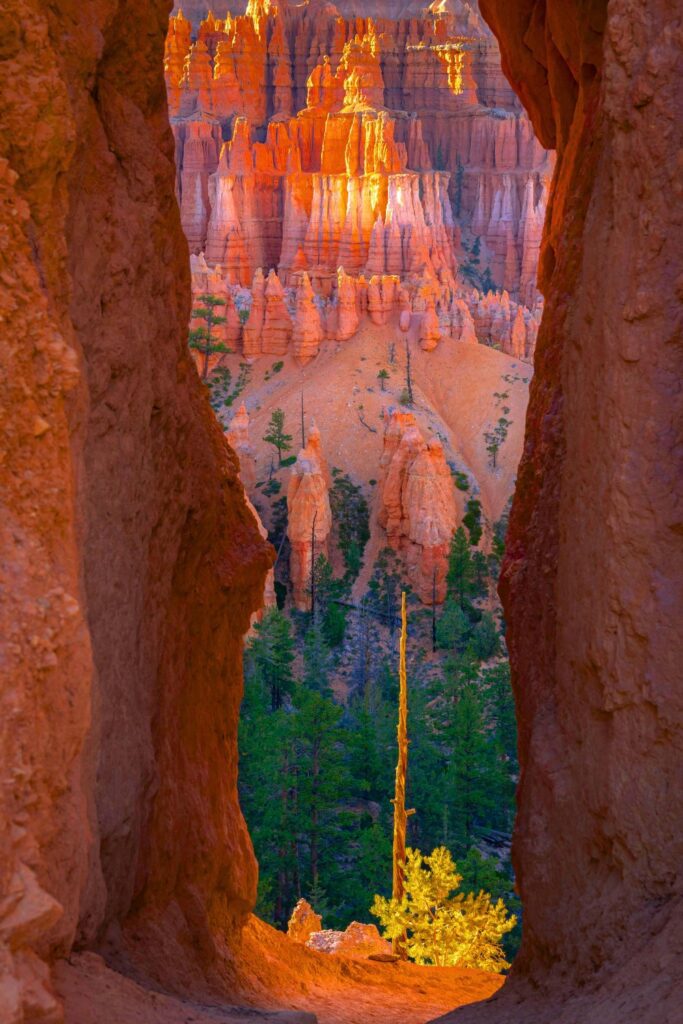
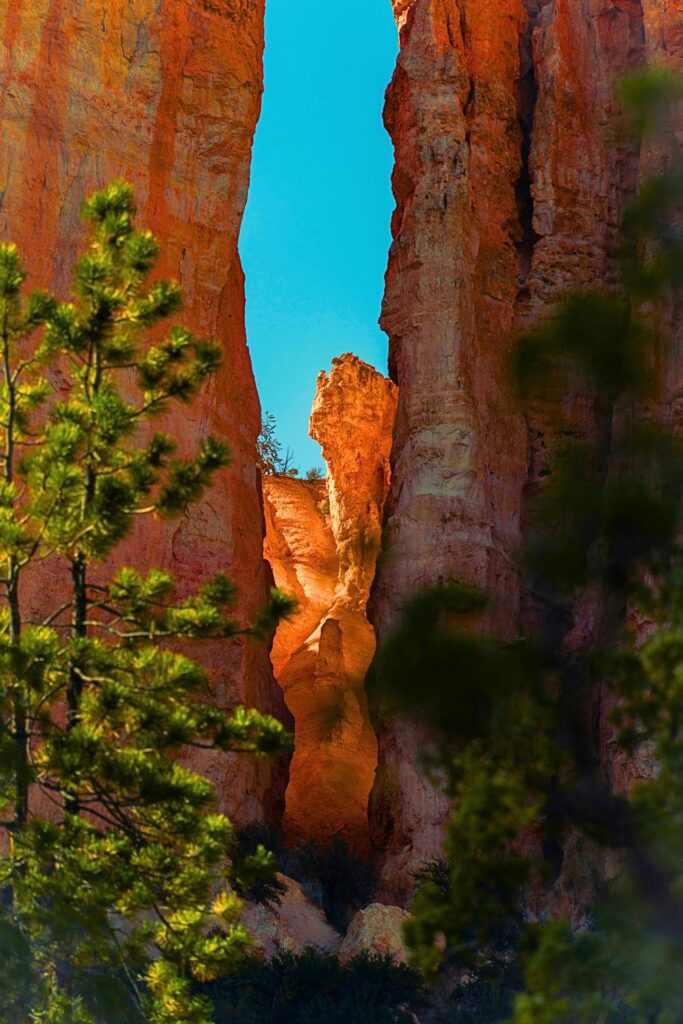
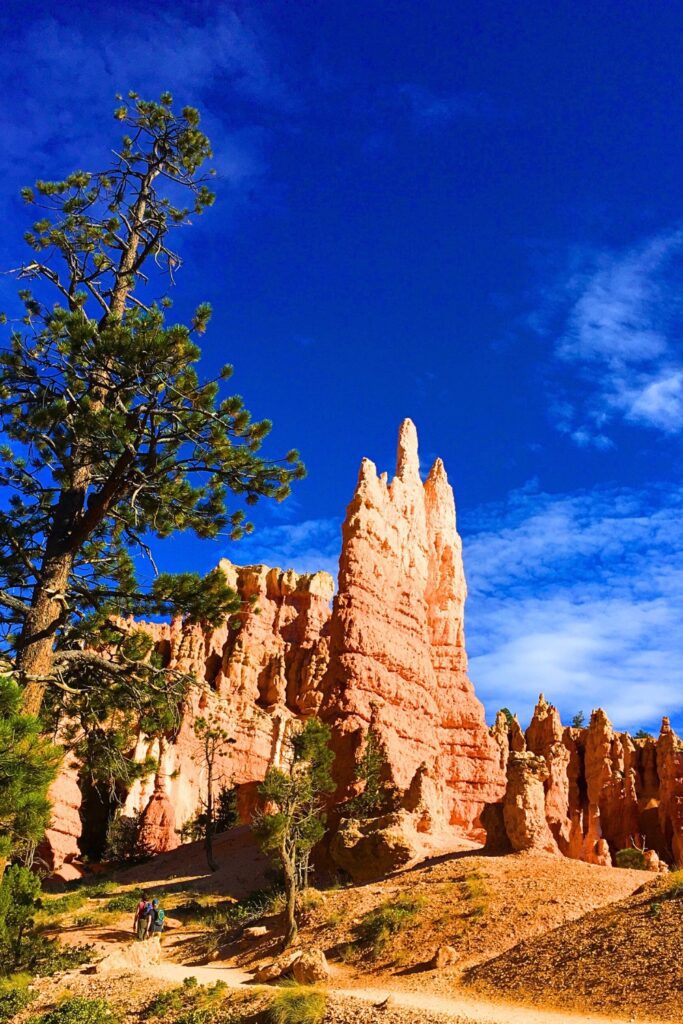
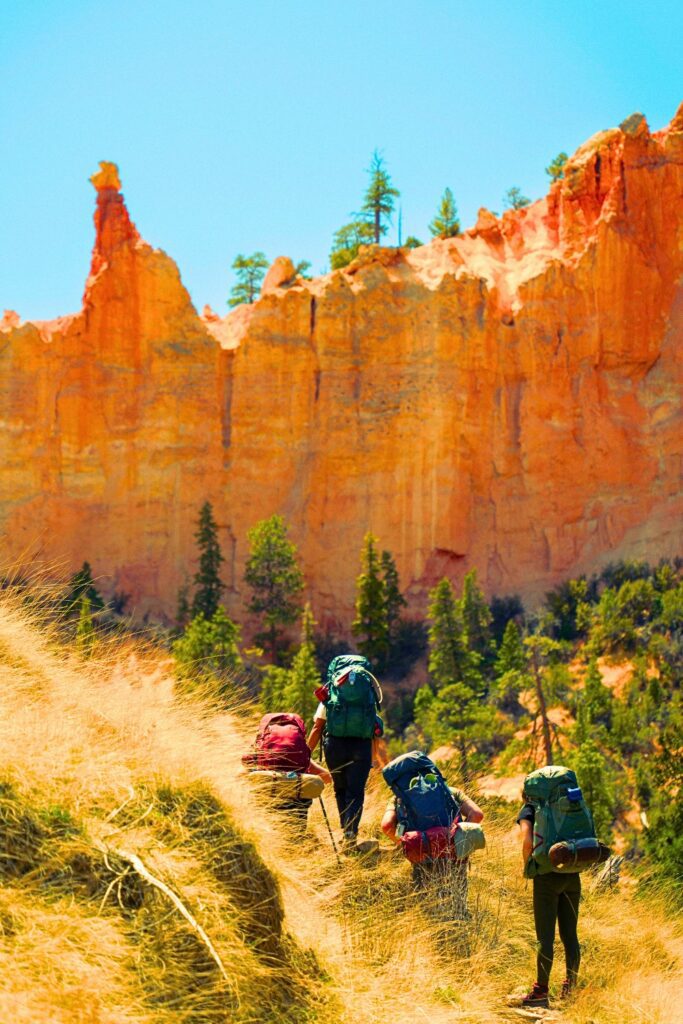
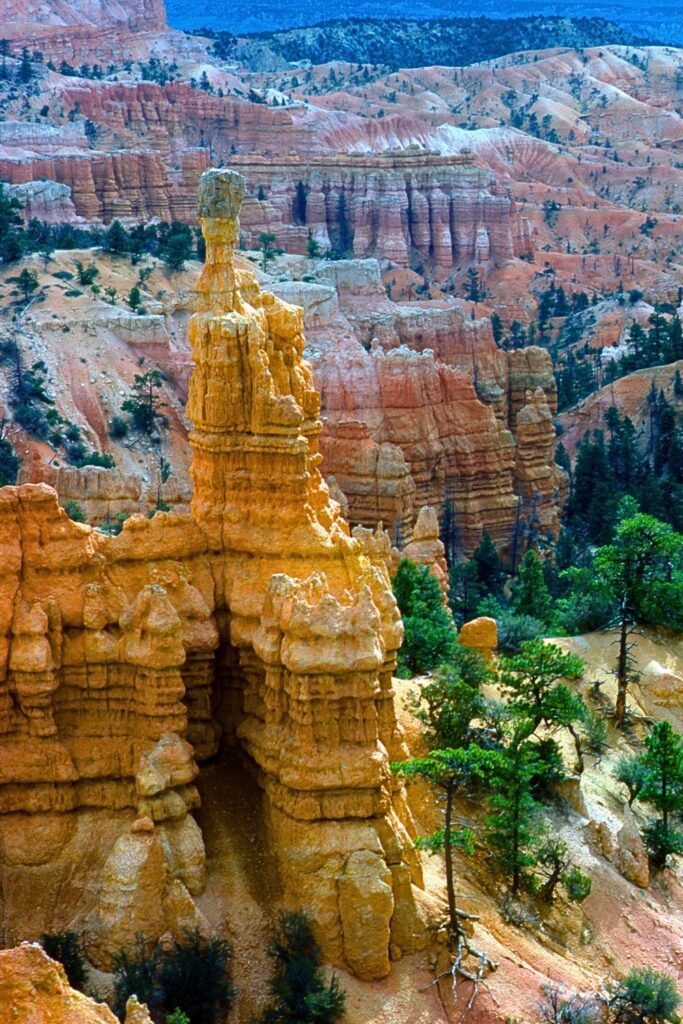
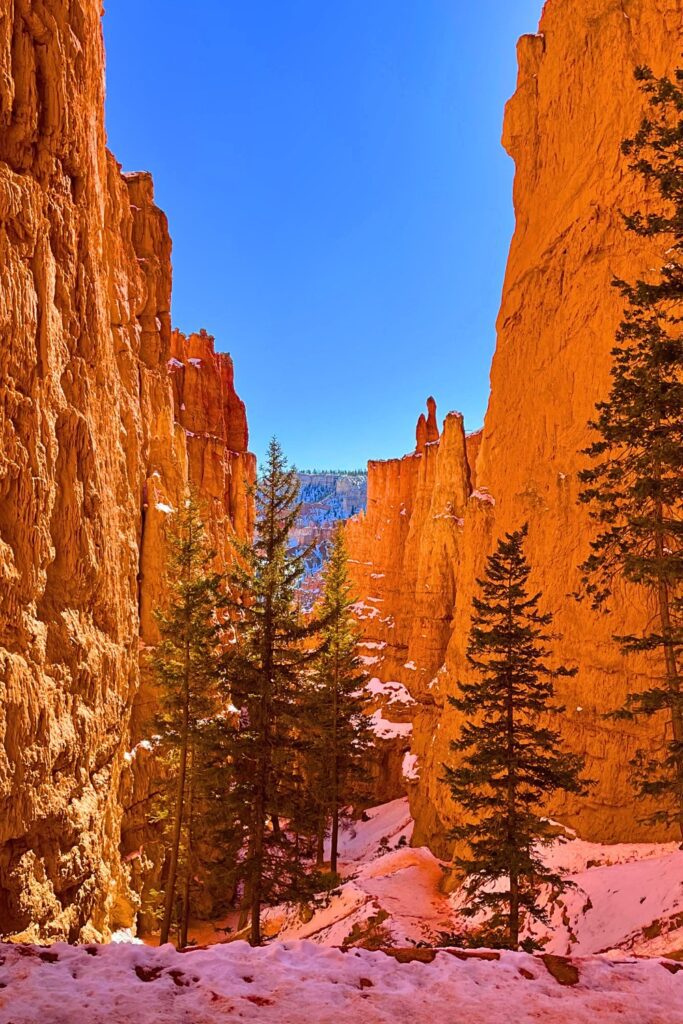

How to Get There
By Car:
- From Las Vegas: ~4 hours (260 miles) via I-15 N and UT-12 E.
- From Salt Lake City: ~4 hours (270 miles) via I-15 S and UT-20 E.
- From Zion National Park: ~1.5–2 hours (72 miles) via US-89 N and UT-12 E.
By Air:
- Closest major airports: Las Vegas (LAS) and Salt Lake City (SLC)
- Smaller nearby airports: Cedar City (CDC) and St. George (SGU)
By Shuttle (seasonal):
- Bryce Canyon Shuttle runs from April through mid-October and services major viewpoints and trailheads.
Best Times to Visit
- Late Spring to Fall (May–October): Best for hiking, photography, and scenic drives. Summer has the most accessible trails but can get busy.
- Winter (November–March): Offers a magical, snow-dusted view of the hoodoos with very few crowds, though some trails may be closed.
10 Best Things to Do
While the following list are the top things to do in the park, I also highly recommend this Tripadvisor post on the area for even more visitor recommendations that’ll help you get even more out of your visit:
- Sunrise Point & Sunset Point: Watch the hoodoos light up in orange and red during golden hour.
- Hike the Navajo Loop Trail: A must-do 1.3-mile loop with steep switchbacks and views of Thor’s Hammer. This is the most popular hike in the park.
- Queen’s Garden Trail: A more moderate trail that can be combined with Navajo Loop for an iconic 3-mile hike.
- Bryce Amphitheater Scenic Drive: Pull off at Inspiration Point, Bryce Point, and Fairyland Point for epic views.
- Rim Trail: Easy to moderate walk along the amphitheater rim with countless photo opportunities.
- Stargazing: Bryce is a certified Dark Sky Park, don’t miss the Milky Way on a clear night.
- Horseback Riding: Join a guided tour through the canyon for a Wild West experience.
- Bryce Canyon Scenic Drive (to Rainbow Point): 18-mile one-way road to the highest elevation viewpoint.
- Visit the Visitor Center: Learn about geology, ecology, and grab maps or ranger tips.
- Explore a tour: There are numerous Bryce Canyon tours worth checking out including night sky views, hikes inside the park and educational visits.
5 Hidden Gems
- Mossy Cave Trail: A short trail off the main highway offering a small waterfall and moss-draped cave.
- Fairyland Loop Trail: An underrated, less-crowded 8-mile hike with incredible formations and solitude.
- Swamp Canyon Overlook: Often overlooked, this trailhead provides access to lesser-visited backcountry hikes.
- Peekaboo Loop Trail: A strenuous but rewarding route through towering hoodoos and narrow corridors.
- Agua Canyon: A quiet roadside stop with panoramic views and fewer visitors.
1–5 Day Sample Itinerary
Day 1:
- Arrive and stop at the Visitor Center
- Walk the Rim Trail from Sunrise to Sunset Point
- Catch sunset at Inspiration Point
Day 2:
- Hike the Navajo Loop + Queen’s Garden combo
- Explore Mossy Cave Trail
- Stargazing at Bryce Point
Day 3:
- Drive to Rainbow Point, stop at overlooks on the way back
- Hike a portion of the Peekaboo Loop
- Attend a ranger-led evening program
Day 4:
- Hike Fairyland Loop for a full half-day adventure
- Relax in Bryce Canyon City or enjoy a scenic horseback ride
Day 5:
- Optional hike to Swamp Canyon
- Souvenir shopping and departure
Packing List
You can get the majority of the items on this list on my Amazon gear store:
- Sturdy hiking shoes or trail runners
- Layers (temperatures vary drastically by elevation and time of day)
- Daypack with water bladder or bottles
- Sunscreen and wide-brim hat
- Trail snacks and reusable utensils
- Camera or smartphone for photography
- Trekking poles (optional but helpful on steep trails)
- America The Beautiful Pass or entry fee ($35 per car)
- Winter gear if visiting between November and March
Where to Stay
- Inside the Park: Historic lodge with cabins and hotel rooms (book early)
- Nearby Accommodations: Check nearest hotels
Things to Know Before You Go
- Altitude Awareness: The elevation can cause shortness of breath, pace yourself on hikes.
- Weather Swings: Be prepared for sunny days and chilly nights, especially in spring and fall.
- Wildlife: Keep an eye out for mule deer, prairie dogs, and birds of prey.
- Cell Service: Limited to nonexistent in many areas, download maps offline.
- Crowds: Visit early in the morning or late afternoon for a quieter experience.
- Fees: Entry is $35 per vehicle or use your America the Beautiful Pass for unlimited visits to all national parks for a year.
Related
Final Thoughts
Bryce Canyon National Park is a masterpiece of natural wonder. From its sunrise-lit hoodoos to the quiet solitude of backcountry trails, this park offers something magical for every type of traveler. Whether you’re spending just a day or soaking in the experience over a full week, this first-time visitor guide ensures you’ll leave with unforgettable memories, and a strong desire to return.
